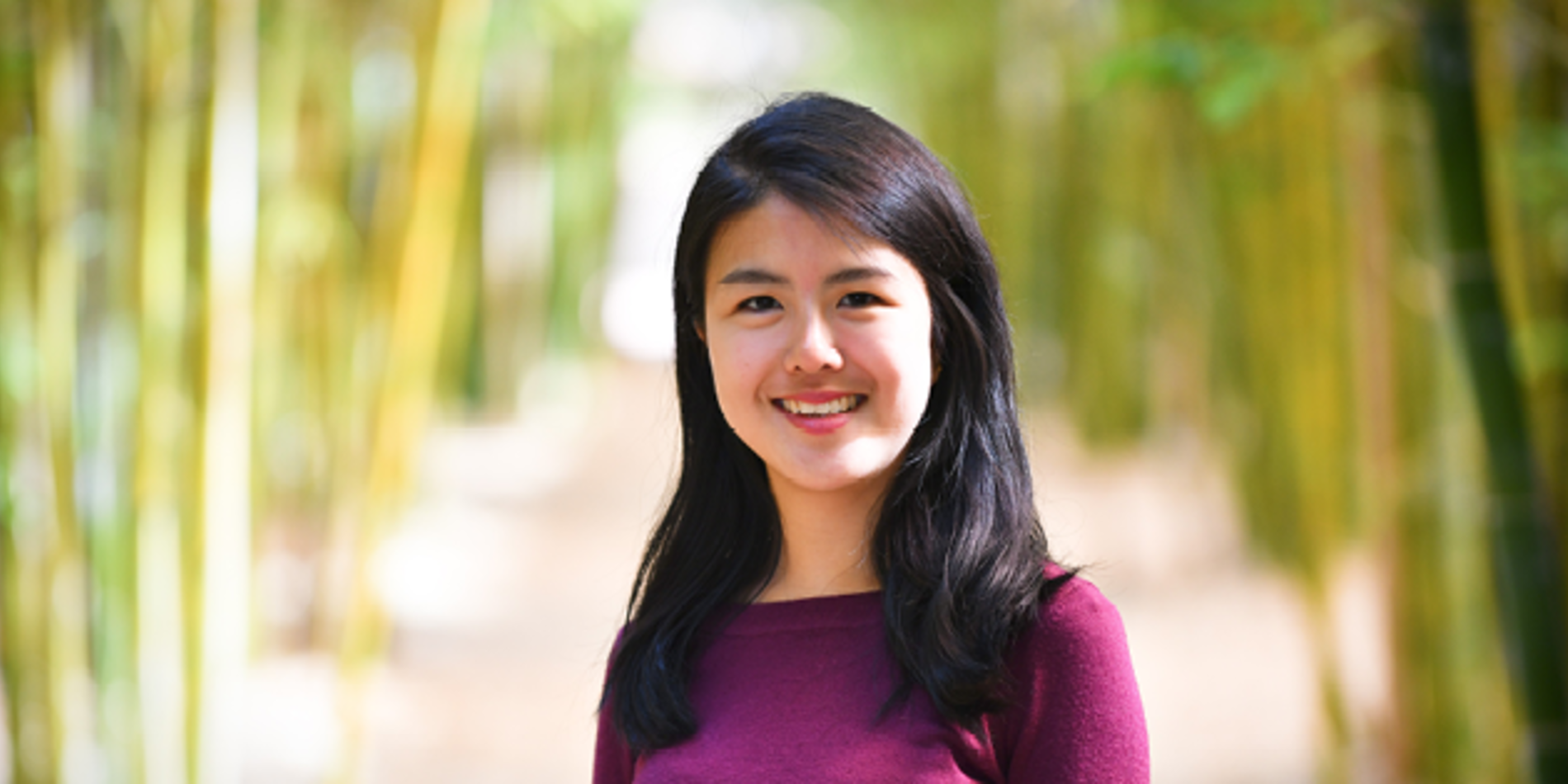Congratulations to the 2021 Recipients of the ACS Sustainable Chemistry & Engineering Lectureship Awards!
The Editors of ACS Sustainable Chemistry & Engineering and the ACS Green Chemistry Institute are pleased to announce the three award winners of the 2021 ACS Sustainable Chemistry & Engineering Lectureship Awards. These awards recognize the research contributions of scientists in three geographical regions, working in green chemistry, green engineering, and sustainability in the chemical enterprise. The winners must have started their initial academic appointment within the past 10 years or have received their terminal degree/completed their last professional training within the last 10 years. Congratulations to the 2021 award recipients representing the three regions: The Americas, Europe/Middle East/Africa, and Asia/Pacific.
Read my interviews with the 2021 Recipients of the ACS Sustainable Chemistry & Engineering Lectureship Awards:
Jun Huang, The University of Sydney
Jeremy Luterbacher, École Polytechnique Fédérale de Lausanne
Meagan Mauter, Stanford University

How is your research specifically important to your region of the world versus on a global scale?
The mission of the Water & Energy Efficiency for the Environment Lab (WE3Lab) is to advance the energy efficiency of desalination. We pursue this mission by bridging novel unit process development with equation-oriented process optimization and computational systems analysis to identify and develop high impact innovations for decarbonizing water supply. This work is important both for securing global water supplies and for ensuring that supplying water does not negatively impact our global climate. Some of our most recent research on the synergistic operation of water and electricity grids will find special relevance here in California, where innovative electricity market structures provide unique incentives for water utilities to sell energy flexibility services to the grid.
What would you like government and/or industry representatives to understand about your research?
Government and industry tend to address the twin crises of water scarcity and degraded water quality with large-scale infrastructure investments— picture a 50 million-gallons-per-day coastal desalination facility. While these historic investments will continue to provide a large fraction of our water supply, our research suggests that small-scale, decentralized water reuse systems may provide a more cost-effective solution to augmenting our future water supply. Realizing this future will require R&D investments in autonomous, precise, resilient, process intensified, modular, and electrically powered technologies that support locally tailored treatment of nontraditional waters at a cost comparable to other sources. Realizing this future will also require policy levers for incentivizing decentralized water reuse. Unlike traditional grants made to water utilities to subsidize large capital projects, distributed water system deployment may require targeted tax incentive programs similar to those that have effectively spurred the growth of distributed solar generation. Finally, creating a “Water Information Administration” modeled on the Energy Information Administration would provide robust scientific and economic information to foster a comprehensive and systemic understanding of the country’s changing water needs, including supply, demand by sector and end-use, and flows
Tell us about a research collaboration your group has undertaken.
I’m very excited about several new research collaborations here at Stanford and SLAC. The first uses SLAC’s beamline to perform high-fidelity operando measurements of concentration polarization and mass transfer rates in membrane-based processes using X-ray particle image velocimetry and confocal X-ray micro fluorescence techniques. We hope to use these measurements to better understand how concentration polarization limits performance in membrane separation processes, to validate CFD models of heat and mass transport in complex module geometries, and to design spacers and modules to promote mixing. I’m also excited to continue my collaboration with my colleague Ram Rajagopal to develop a cloud-coordinated platform for optimizing the operation of a wastewater treatment facility’s treatment, energy recovery (biogas generation), and energy storage units for maximum financial benefit.
What type of work can we look forward to seeing from you in the future?
I am very passionate about securing global water supplies while simultaneously accelerating the decarbonization of the water industry. We have forthcoming work on electrified alternatives to carbon-intensive aqueous separation processes, as well as work in managing water treatment plants to provide demand response services to the grid. I am also expanding my investment in understanding water-related constraints to deep decarbonization and we have a forthcoming manuscript on the energy and emission penalties of high salinity brine treatment from geologic carbon sequestration.


